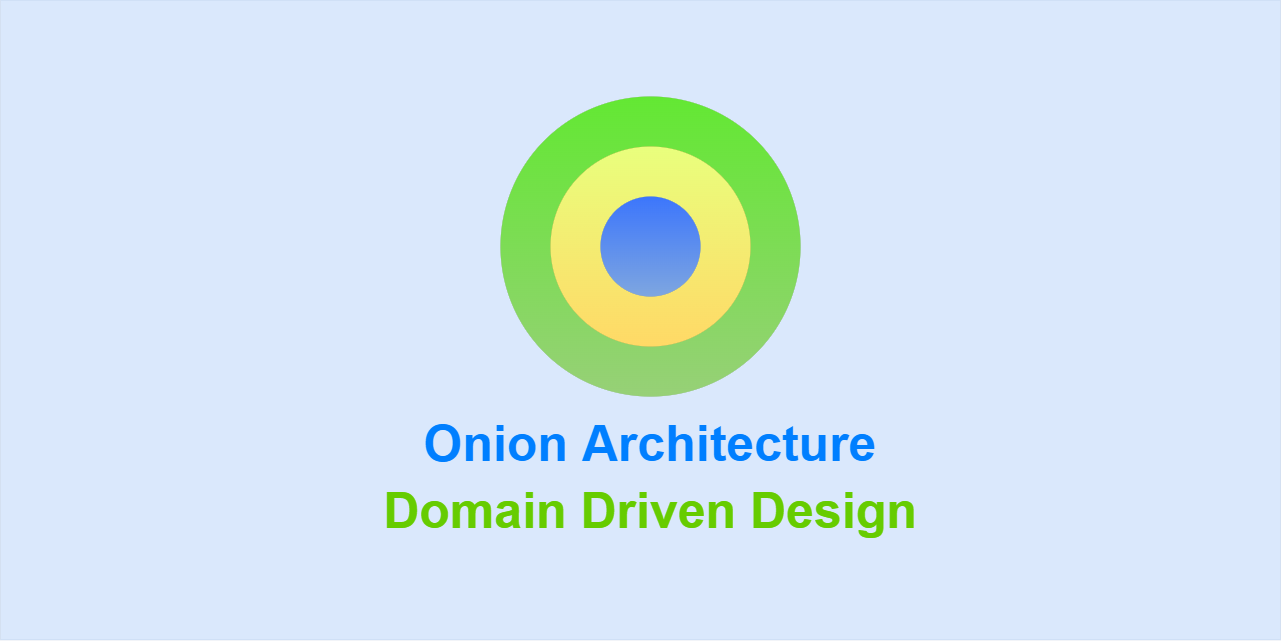- Onion architecture can solve problem of separation of concern and tightly coupled components from N-layered architecture.
- All layers are depended on inner layer.
- The core of the application is the domain layer.
- Provide more testability than N-layered architecture.
This layer does not depend on any other layer. This layer contains entities, enums, specifications etc.
Add repository and unit of work contracts in this layer.
This layer contains business logic, services, service interfaces, request and response models.
Third party service interfaces are also defined in this layer.
This layer depends on domain layer.
This layer contains database related logic (Repositories and DbContext), and third party library implementation (like logger and email service).
This implementation is based on domain and application layer.
This layer contains Webapi or UI.
Domain model are of 2 types
-
Domain entity (data only)
- This model contains only fields
- This is an anti pattern used widely. Read blog from Martin Fowler (here)
-
Domain model (data + behaviour)
- This model has fields and behaviours. Fields can be modify only within behaviours.
- Follow Aggregate pattern with Aggregate root, Value object, Entity, Bounded context, Ubiqutous language
There are 2 types of validations in DDD:
-
Model Field validations
- Properties having valid length
- required field validations
- regex
Model validations can be validated in Application layer or Domain layer.
- Use DataAnnotation (https://docs.microsoft.com/en-us/dotnet/api/system.componentmodel.dataannotations?view=net-7.0)
- Use Guard pattern (https://github.com/NilavPatel/Guard-Pattern)
- mostly used when you have single source of truth (validations in aggregate pattern)
- Use fluent validations pattern (https://docs.fluentvalidation.net/en/latest/aspnet.html)
- Used when validating models instead of single properties like request models, commands
-
Business validations
- Balance should be more than Withdraw amount
- User should be active
- User name should not be exist
Business validations can be validated in Applciation layer or Domain layer.
Business validations have two types:
- Validations in same domain model
- Balance should be more than Withdraw amount
- User should be active
- Validations against other domain models
- User name should not be already exist
For Aggregate pattern add both types of validations inside domain layer.
Problem occurs when validating domain model against other domain models.
- In this case use Func<> methods to pass validations to domain model from Application layer.
And run this Func<> from domain models.
public WithdrawMoney(double amount, Func<string, bool> isBankAccountActive){
if(!isBankAccountActive(BankAccountNumber)){
throw new DomainValidationException("Bank account is not in active state");
}
}- Otherwise pass domain model of other type as parameter and then validate.
public WithdrawMoney(double amount, BankAccount bankAccount){
if(bankAccount.Status != Active){
throw new DomainValidationException("Bank account is not in active state");
}
}For more details read
- .Net 8
- Rest API
- Entity Framework
- NLog
- Swagger
- Xunit
- Moq
- Generic Repository Pattern
- Specification pattern

